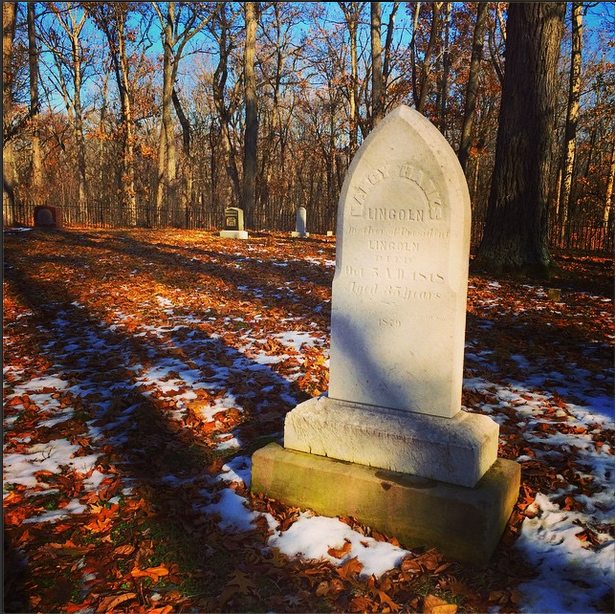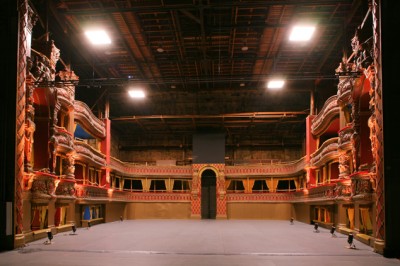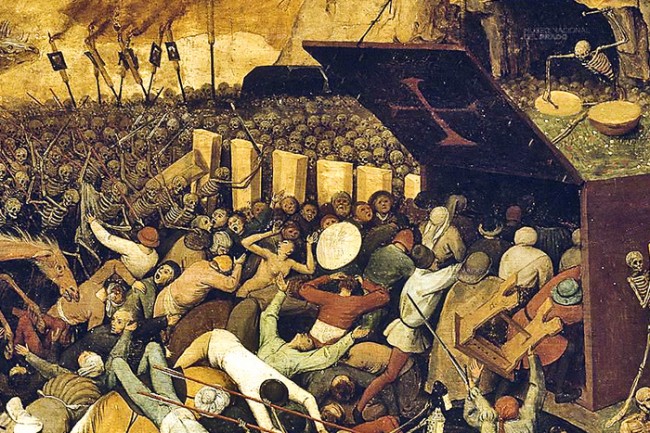
It’s not as if Mark Cuban needs a handout
One thing the Sony hack has given us—in addition to the words “James Franco” dripping derisively from a sitting president’s mouth during a press conference—was some more insight into how much the Sharks are paid for each episode of ABC’s Shark Tank.
Leaked emails between Mark Cuban and the production team reveal that for Season 5, he was offered $30,000 per show with gradual pay increases over the next few years: $31,200 for season 6, and $32,488 for season 7.
At least, that was the offer.
“No chance,” Cuban wrote to those who were in on the negotiations. “This is beyond an insult and it shows no one cares about the investments i [sic] have made or the entrepreneurs.”
“You may want to start cutting me out of the promos,” said Cuban—ever the Shark. Sure enough, he got his way, and he stuck around for the fifth (his fourth) season with the show. The show is now in Season 6. We don’t know how much he’s earning, but we can be sure it’s considerably more than $31,200.
One would think that the income received from successful investments, to say nothing of the cultural currency of appearing on a popular prime-time television show, would be incentive enough to keep coming back to the Sony lot to shoot Shark Tank. But the Sharks are Sharks for a reason, and they know their value to the production and its potential for advertising income. The leaked messages prove the Sharks are compensated additionally for each show they appear in.
Because of how it’s shot, the number of episodes per season of Shark Tank is variable. In Season 4, for example, the network began by ordering 22 hours, and as the season went on and ratings proved healthy, it ordered two more, and then more, bringing the total number of episodes that season to 29. At $30,000 per airing, Cuban would have earned $870,000. (Part-time Sharks Daymond John, Barbara Corcoran, and Lori Grenier would of course earn less.)
Yet the Sharks may report to work for only a set number of days, inspecting entrepreneur after entrepreneur, and the final shows are reshuffled in editing. Adding additional episodes can be as easy as airing pitches that were originally left on the proverbial cutting room floor, so when ABC assembles more shows from existing footage, the Sharks could conceivably make another six figures of income without putting in a single second of additional work.
This isn’t the first time Cuban strong-armed the show’s producers into more favorable contracts with him. He was the one who forced the show to abandon its policy of taking a cut of all the businesses that appeared on the show. Mess with a Shark, and you get the teeth: If ABC wanted to have a guy who was a putz at negotiation, they’d have a lousy show.
You can read about more interesting facts about the show’s production quirks in my post 8 Things You Didn’t Know About ‘Shark Tank’.
Business Insider, which published the emails, reported that Kevin O’Leary made $30,000 per episode as of 2014, the same amount as Dancing with the Stars‘ resident spaz, Bruno Tonioli. Elsewhere on ABC, Chris Harrison makes $50,000 per show to do The Bachelor, but then again, hosting that show is costing him his soul.











